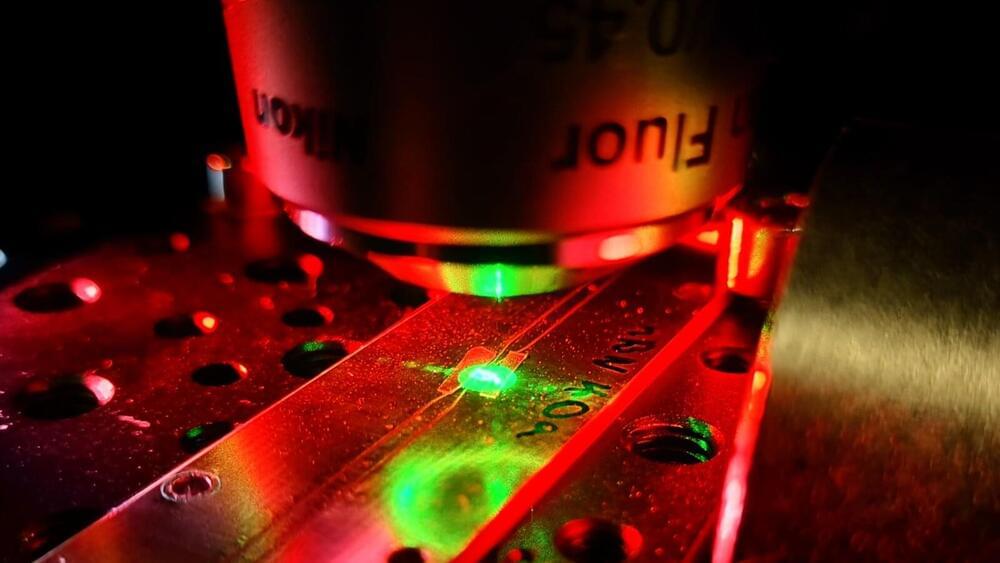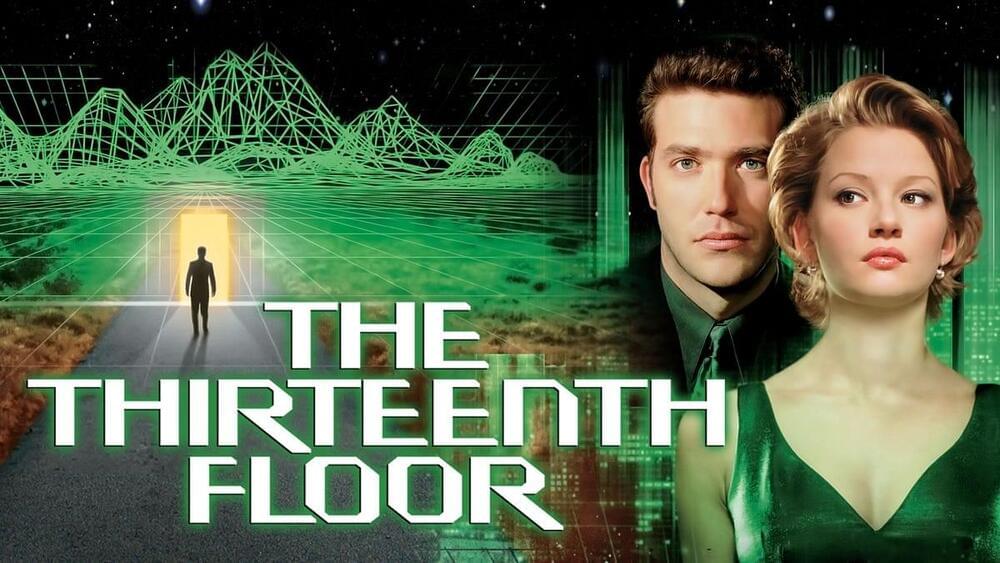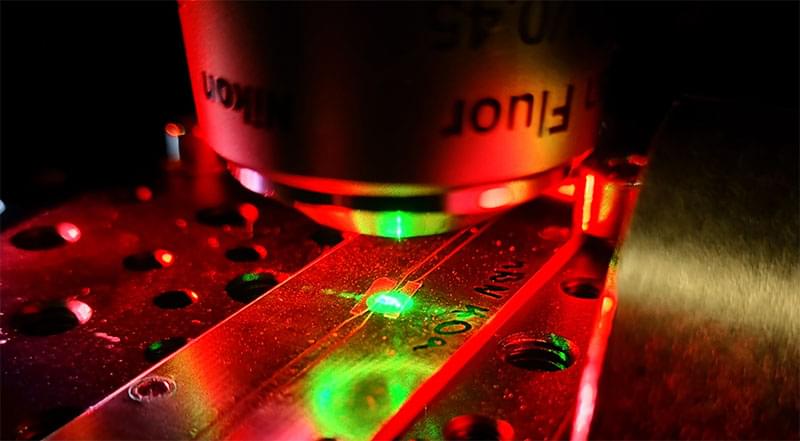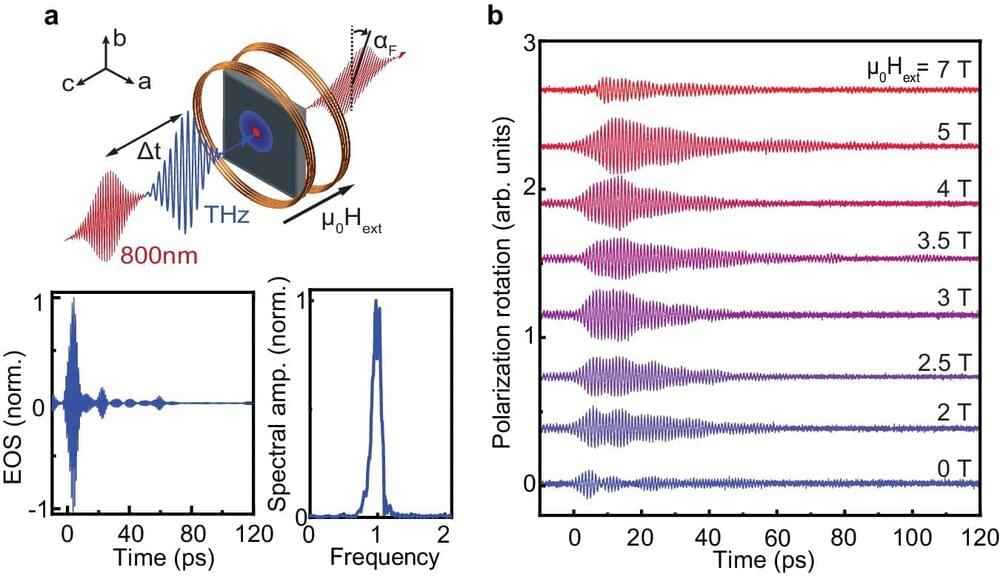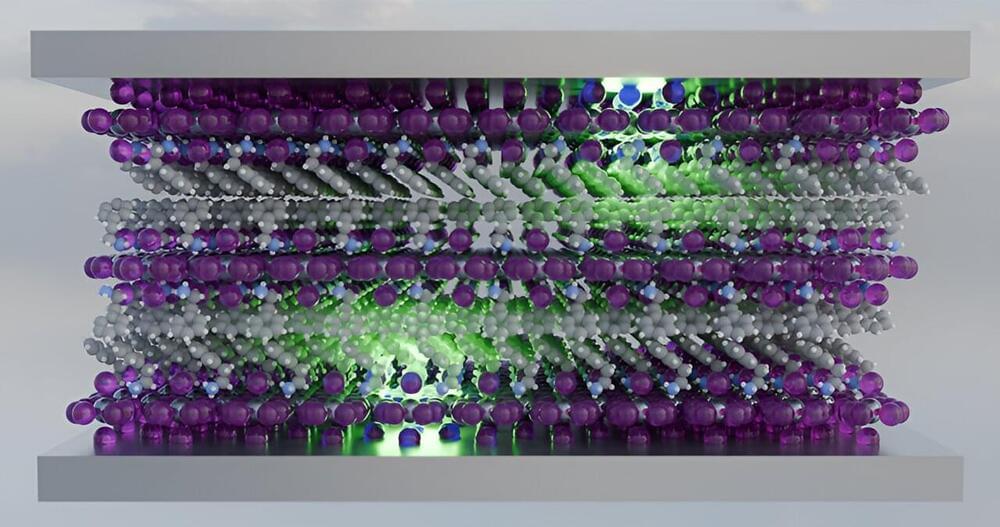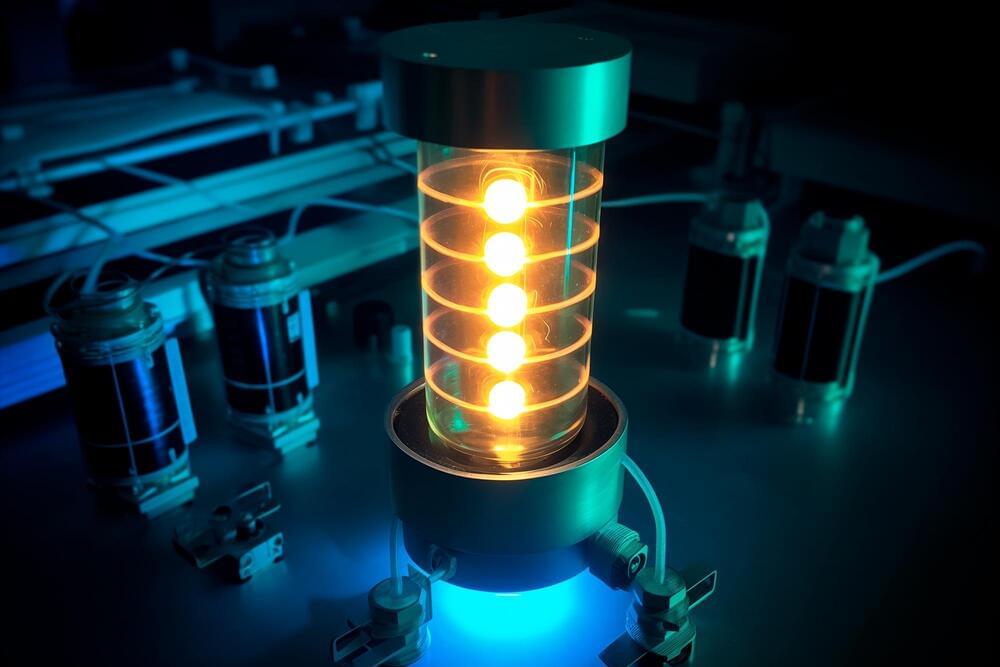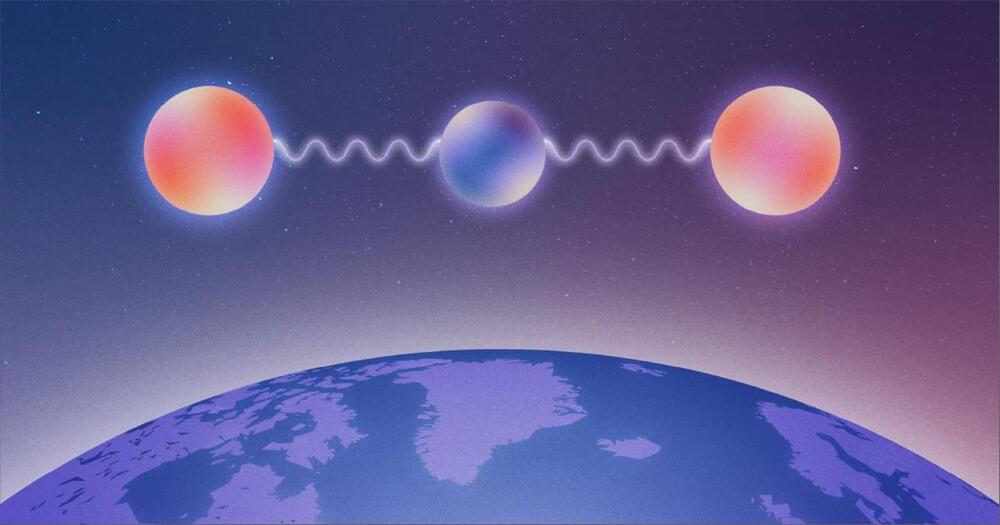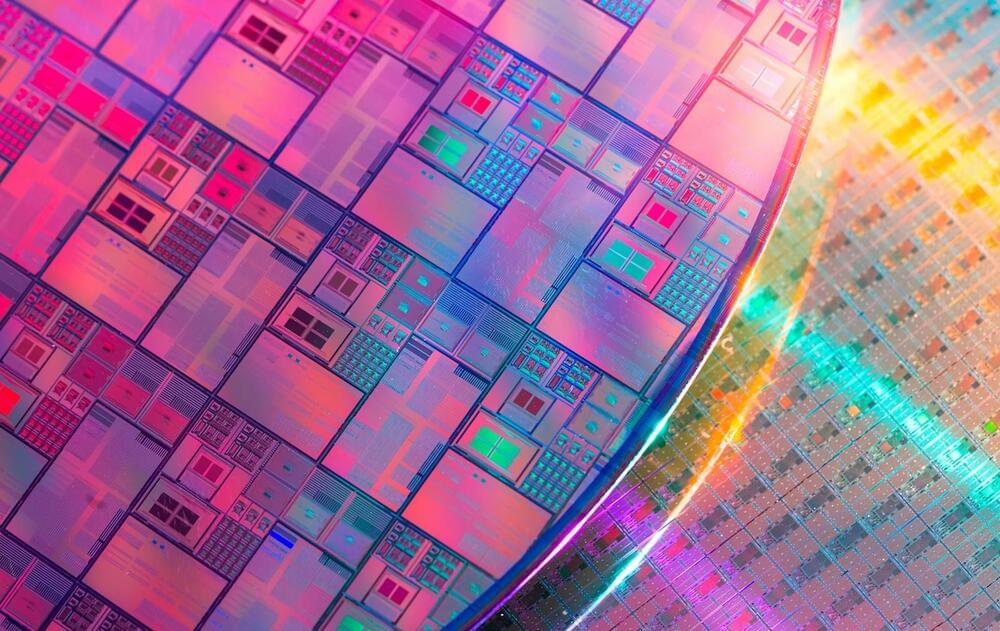Aug 9, 2024
New 2D quantum sensor detects temperature anomalies and magnetic fields
Posted by Saúl Morales Rodriguéz in categories: computing, quantum physics
Researchers at TMOS, the ARC Center of Excellence for Transformative Meta-Optical Systems, and their collaborators at RMIT University have developed a new 2D quantum sensing chip using hexagonal boron nitride (hBN) that can simultaneously detect temperature anomalies and magnetic field in any direction in a new, groundbreaking thin-film format.
